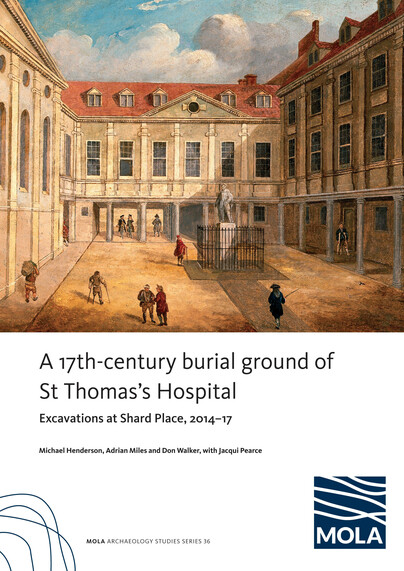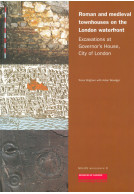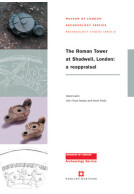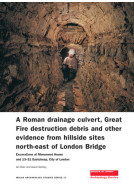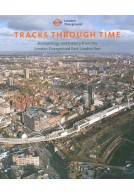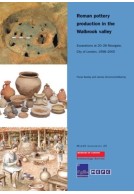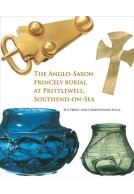Google Books previews are unavailable because you have chosen to turn off third party cookies for enhanced content. Visit our cookies page to review your cookie settings.
A 17th-century burial ground of St Thomas’s Hospital, Southwark (Paperback)
Excavations at Shard Place, 2014–17
Imprint: MOLA (Museum of London Archaeology)
Pages: 132
Illustrations: Illustrated
ISBN: 9781907586583
Published: 30th June 2025
Script Academic & Professional
Pages: 132
Illustrations: Illustrated
ISBN: 9781907586583
Published: 30th June 2025
Script Academic & Professional
You'll be £15.00 closer to your next £10.00 credit when you purchase A 17th-century burial ground of St Thomas’s Hospital, Southwark. What's this?
+£4.99 UK Delivery or free UK delivery if order is over £40
(click here for international delivery rates)
Order within the next 2 hours, 43 minutes to get your order processed the next working day!
Need a currency converter? Check XE.com for live rates
(click here for international delivery rates)
Order within the next 2 hours, 43 minutes to get your order processed the next working day!
Need a currency converter? Check XE.com for live rates
Archaeological excavations at Shard Place, Southwark, by Museum of London Archaeology (MOLA) revealed evidence of funerary activity associated with old St Thomas’s Hospital. The discovery of 811 inhumations, dating from the 17th to early 18th century exposed the intensive nature of burial activity in an area immediately to the south-east of the hospital buildings. This burial assemblage, together with dumps of hospital waste and evidence of structural remains associated with the 18th-century hospital rebuilding, enhances our knowledge of the early history of this London institution.
The study of the skeletal remains of 794 individuals, the majority of whom must have been inmates at St Thomas’s Hospital, provides an insight into the health of the population and the diseases from which they suffered. The demographic structure of the burial sample reveals elevated vulnerability in adolescence and early adulthood, an indication of the health risks inherent within an increasingly crowded urban landscape. The City’s poor endured cramped living conditions and rising levels of pollution. Many migrated to London in search of jobs as labourers, or servants and apprentices. The burial ground revealed early evidence of hospital medical practice in the form of surgical limb amputation. Skeletal evidence of venereal syphilis was also identified, consistent with records of specialist ‘foul wards’ at St Thomas’s Hospital, provided for those suffering from this chronic condition.
Other titles in MOLA (Museum of London Archaeology)...







